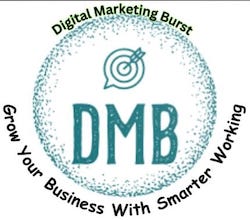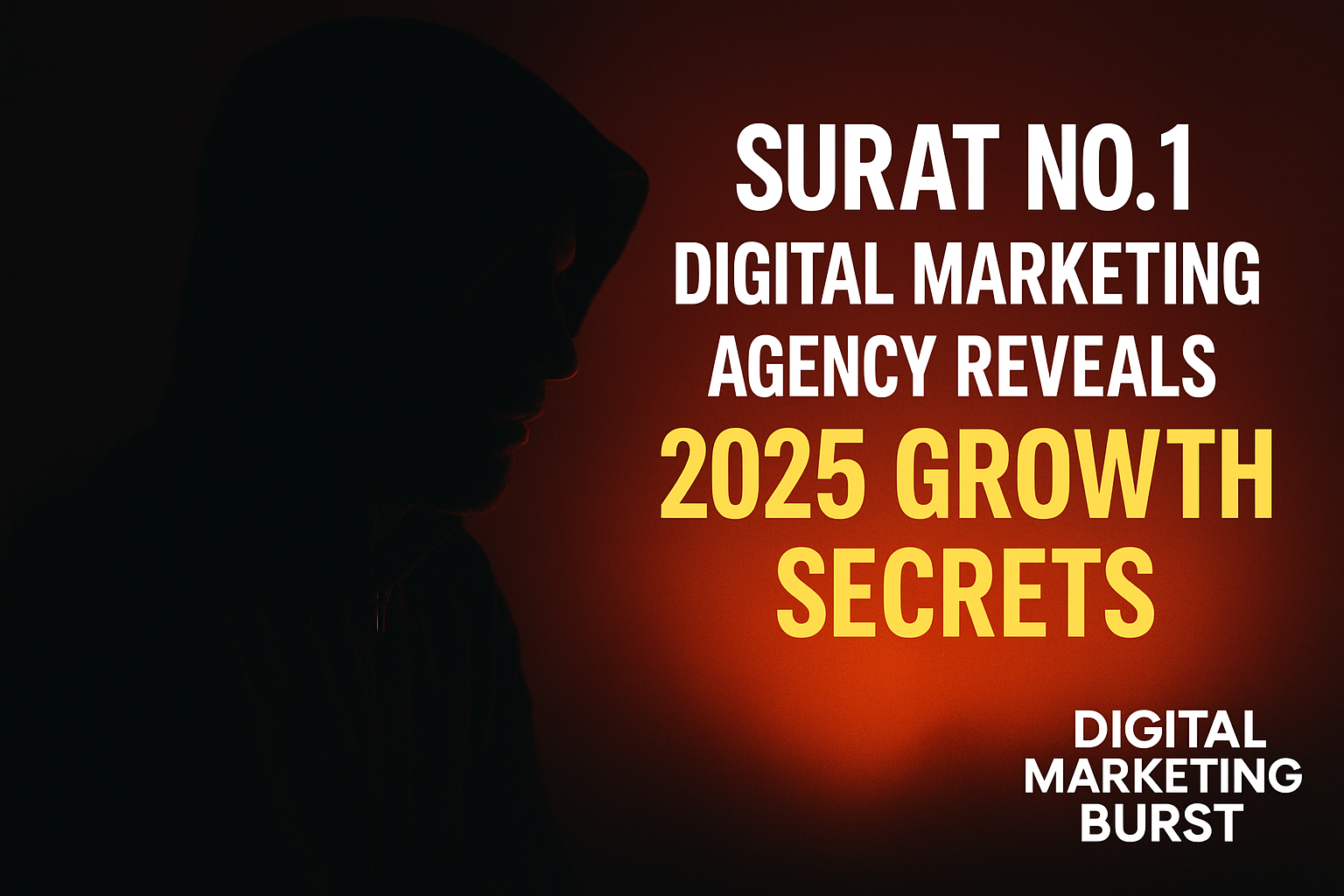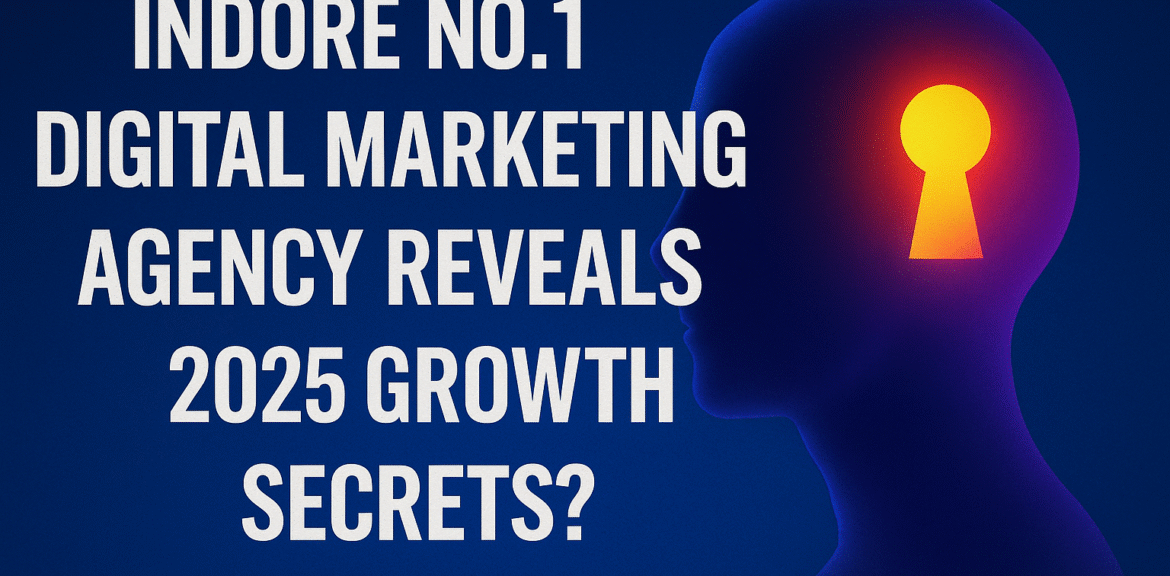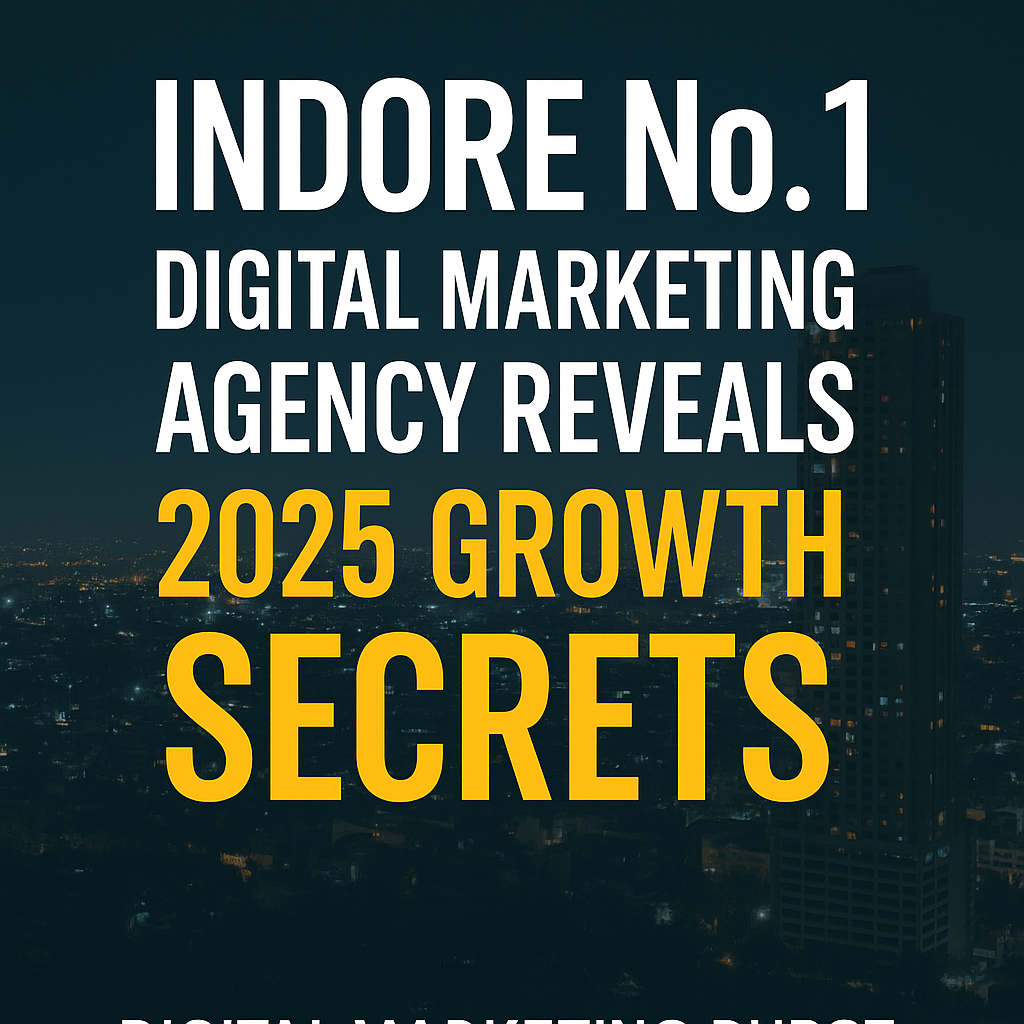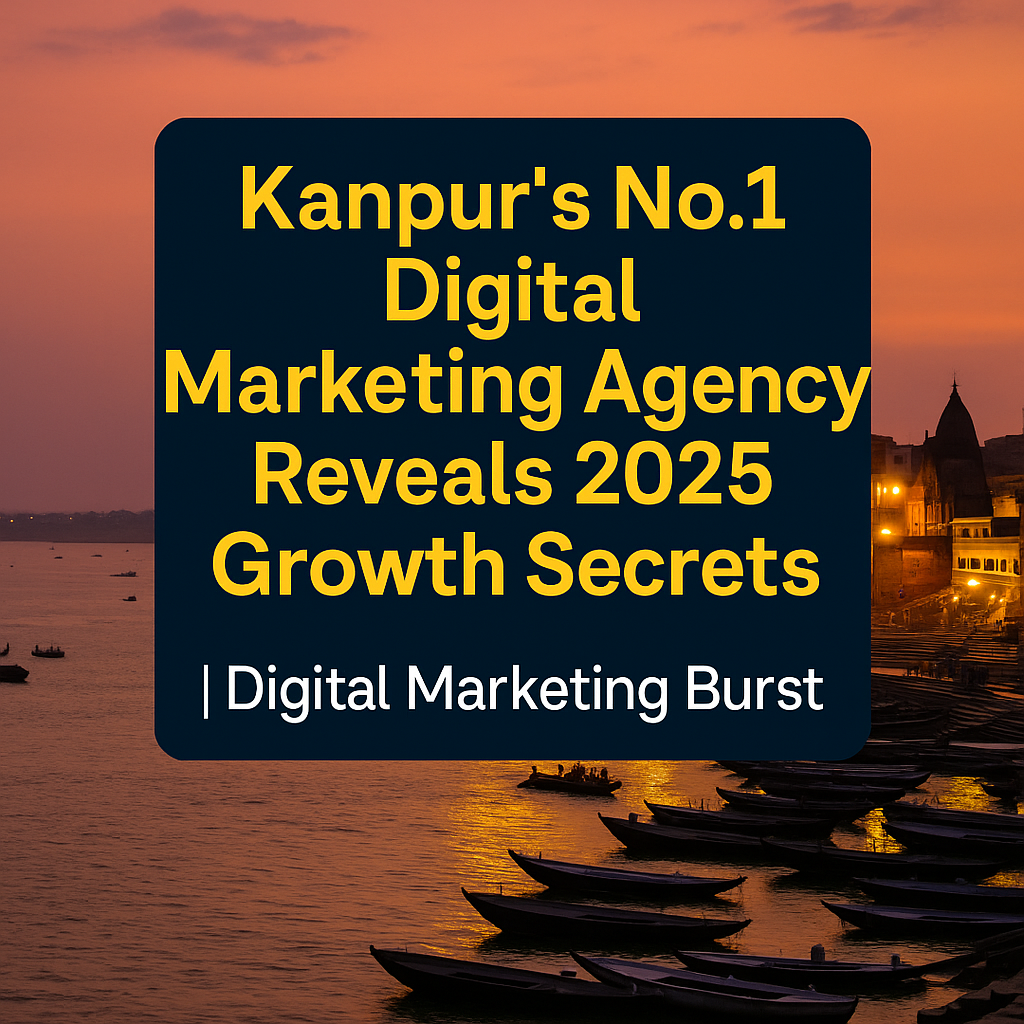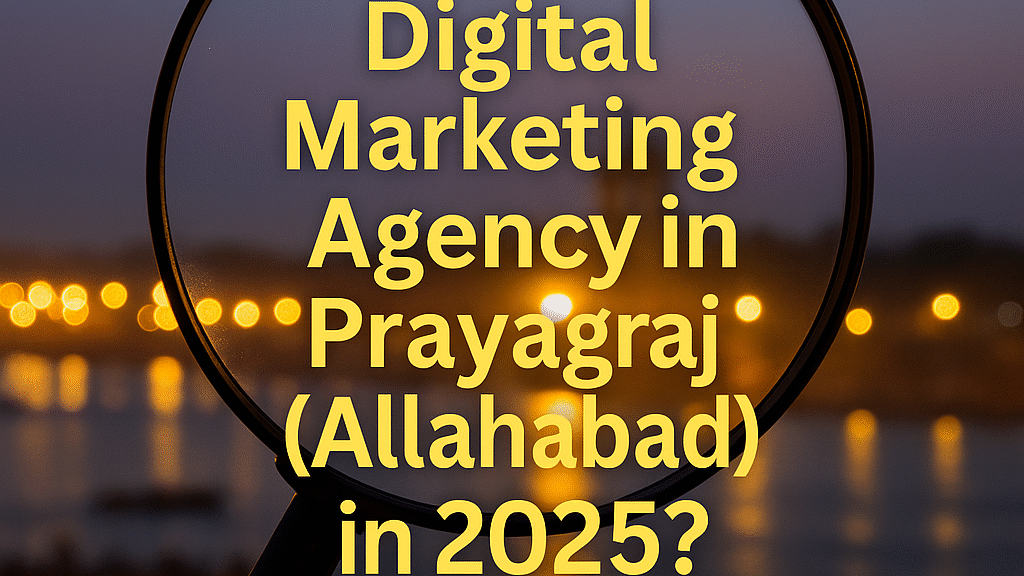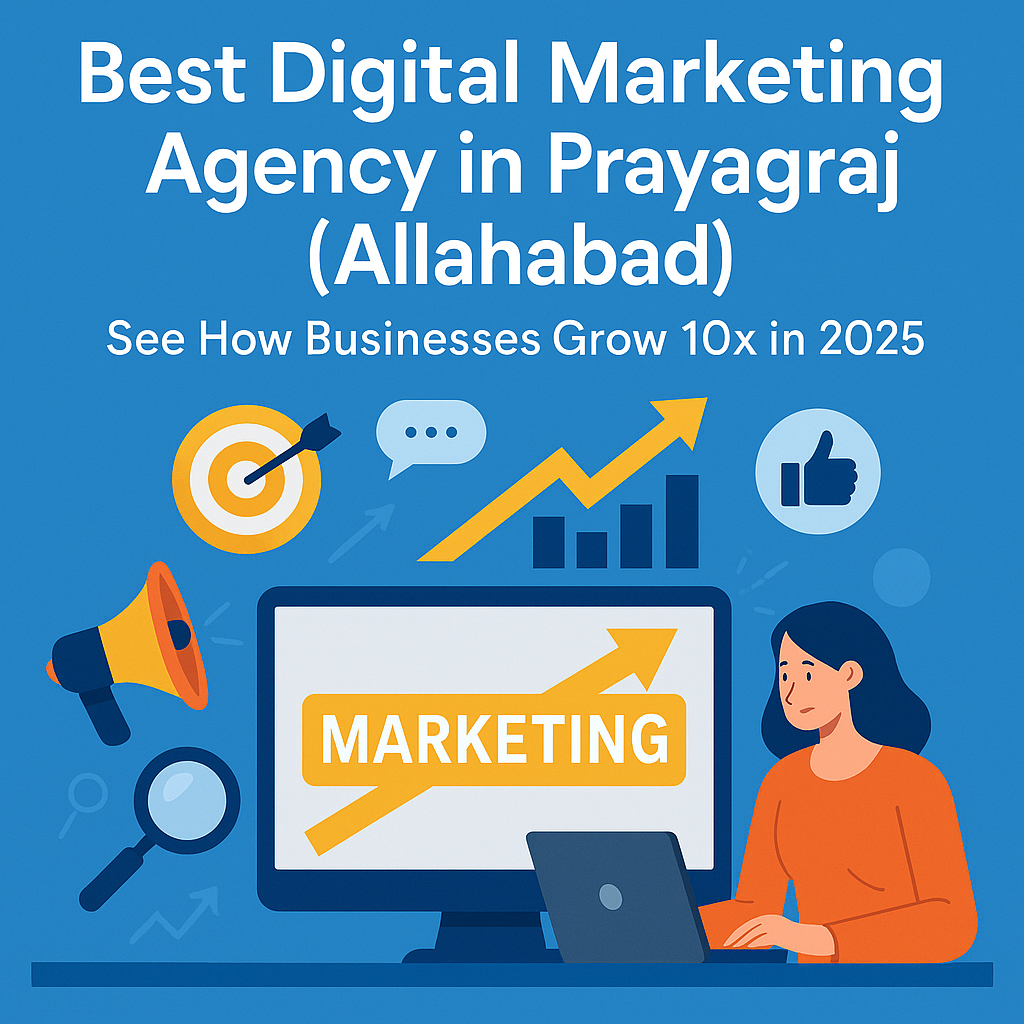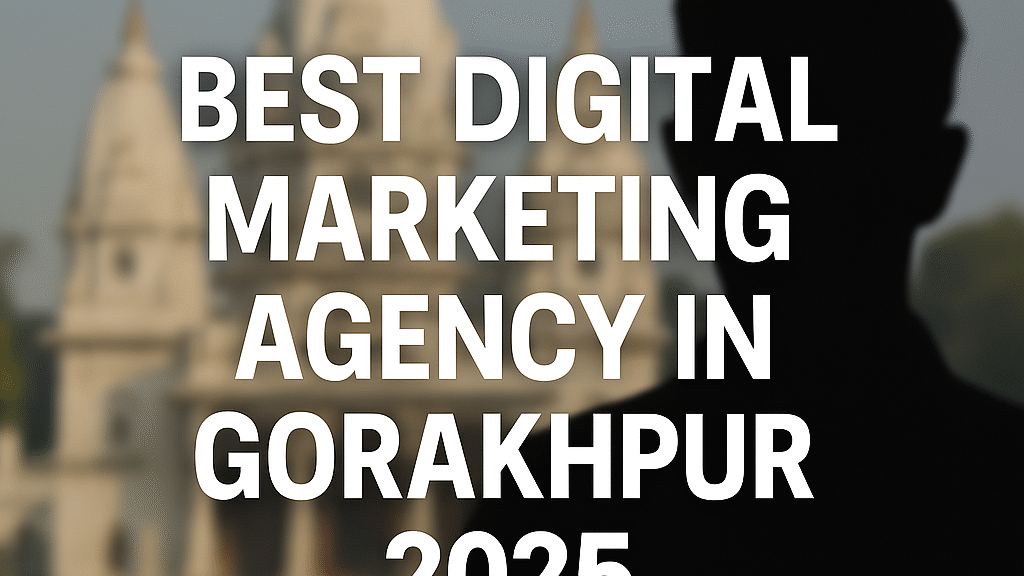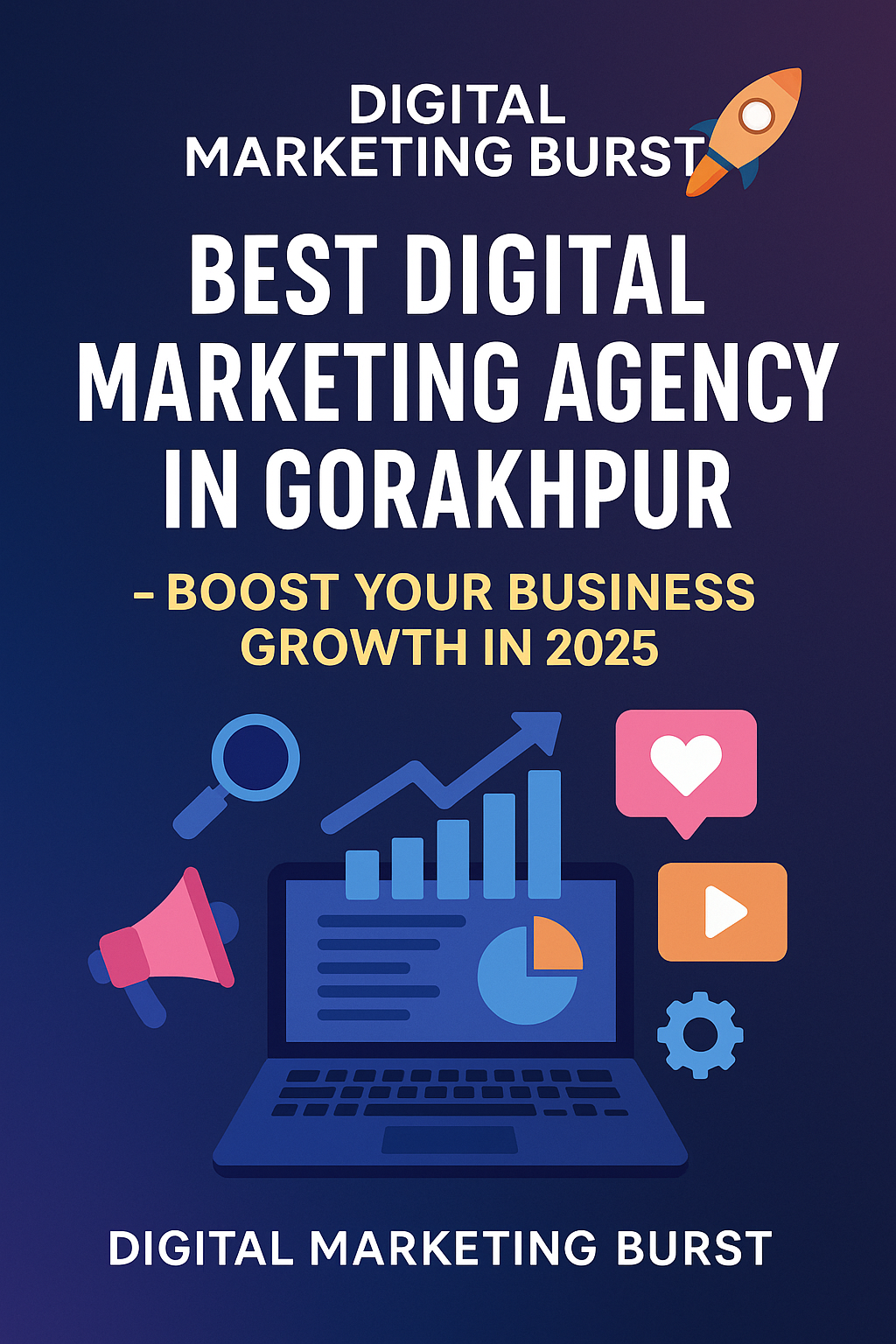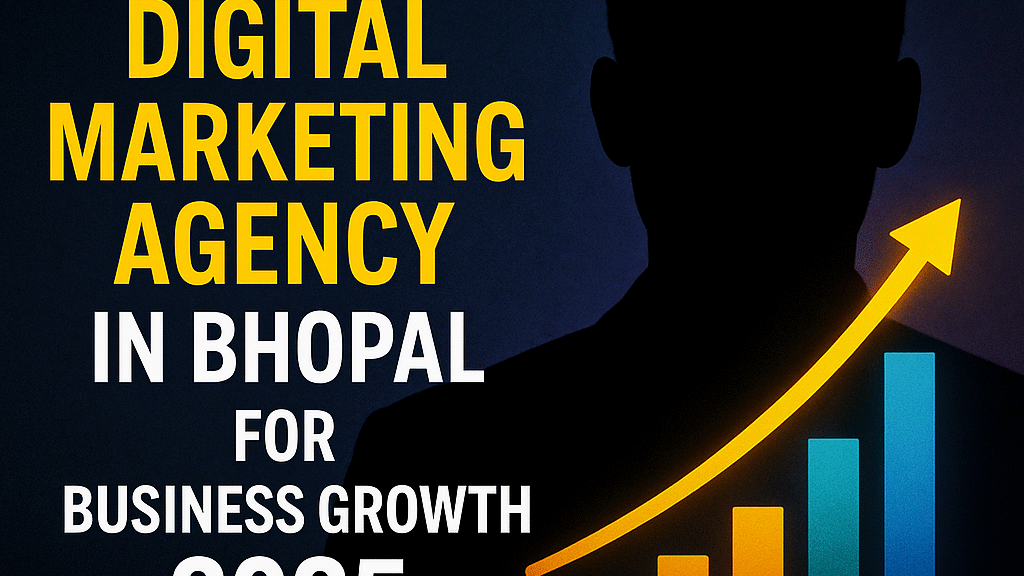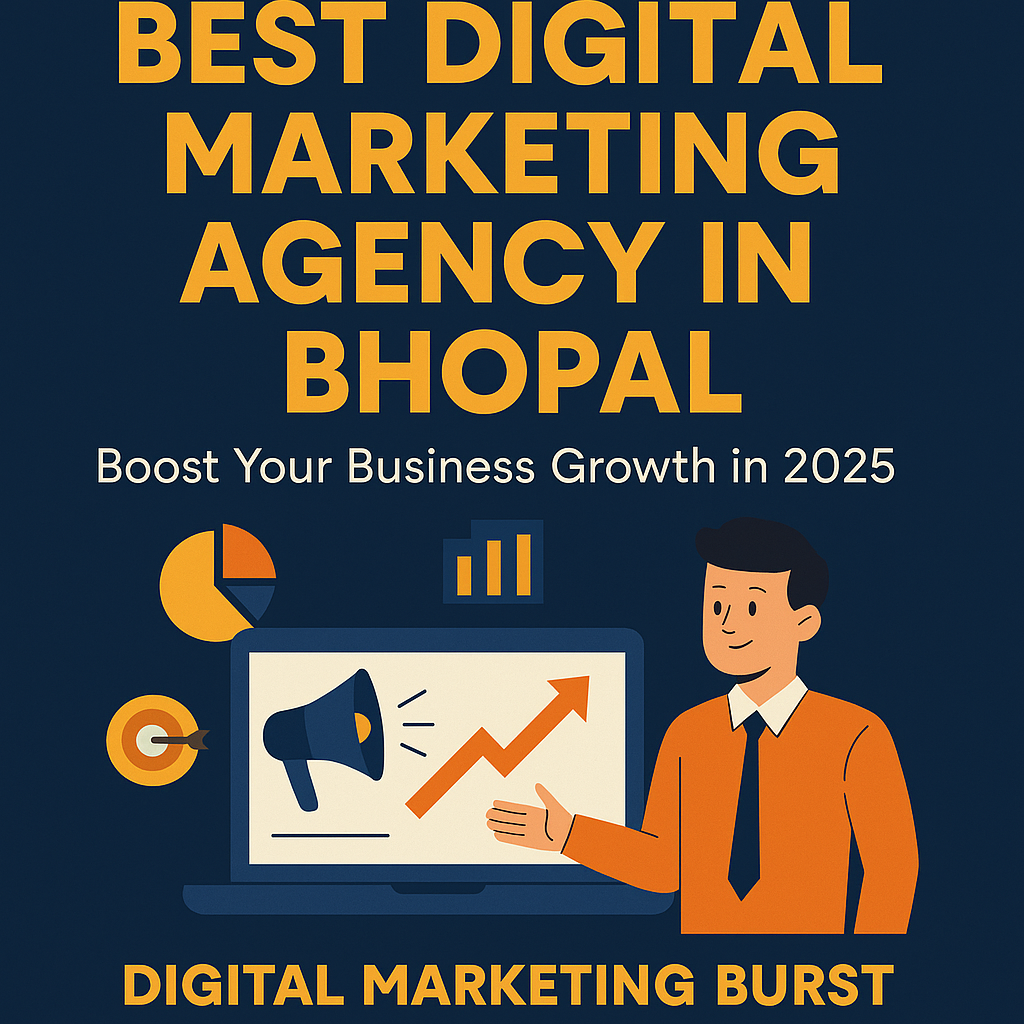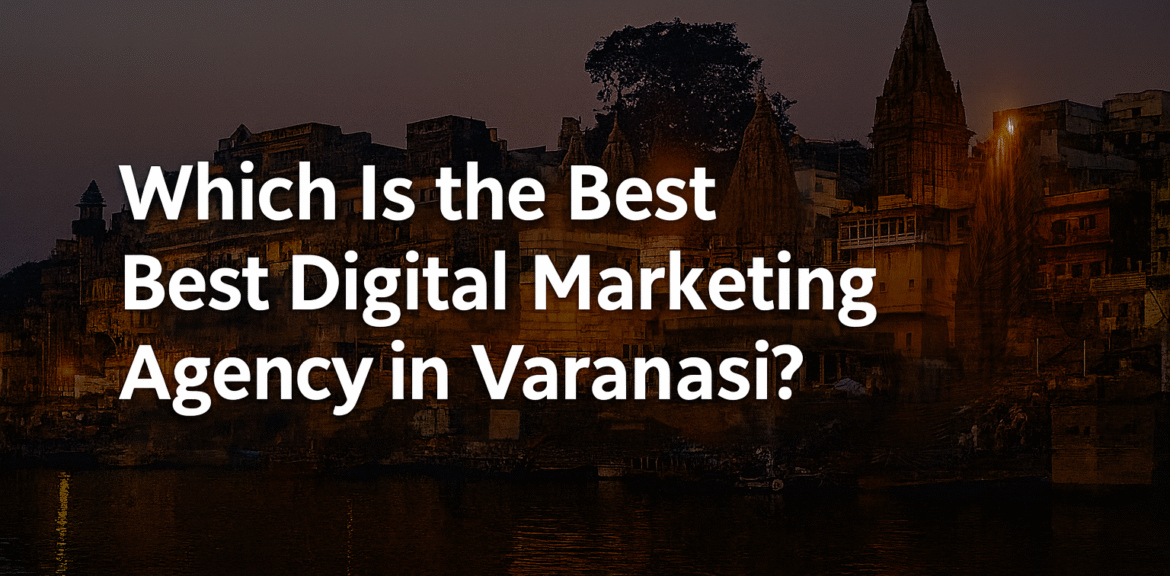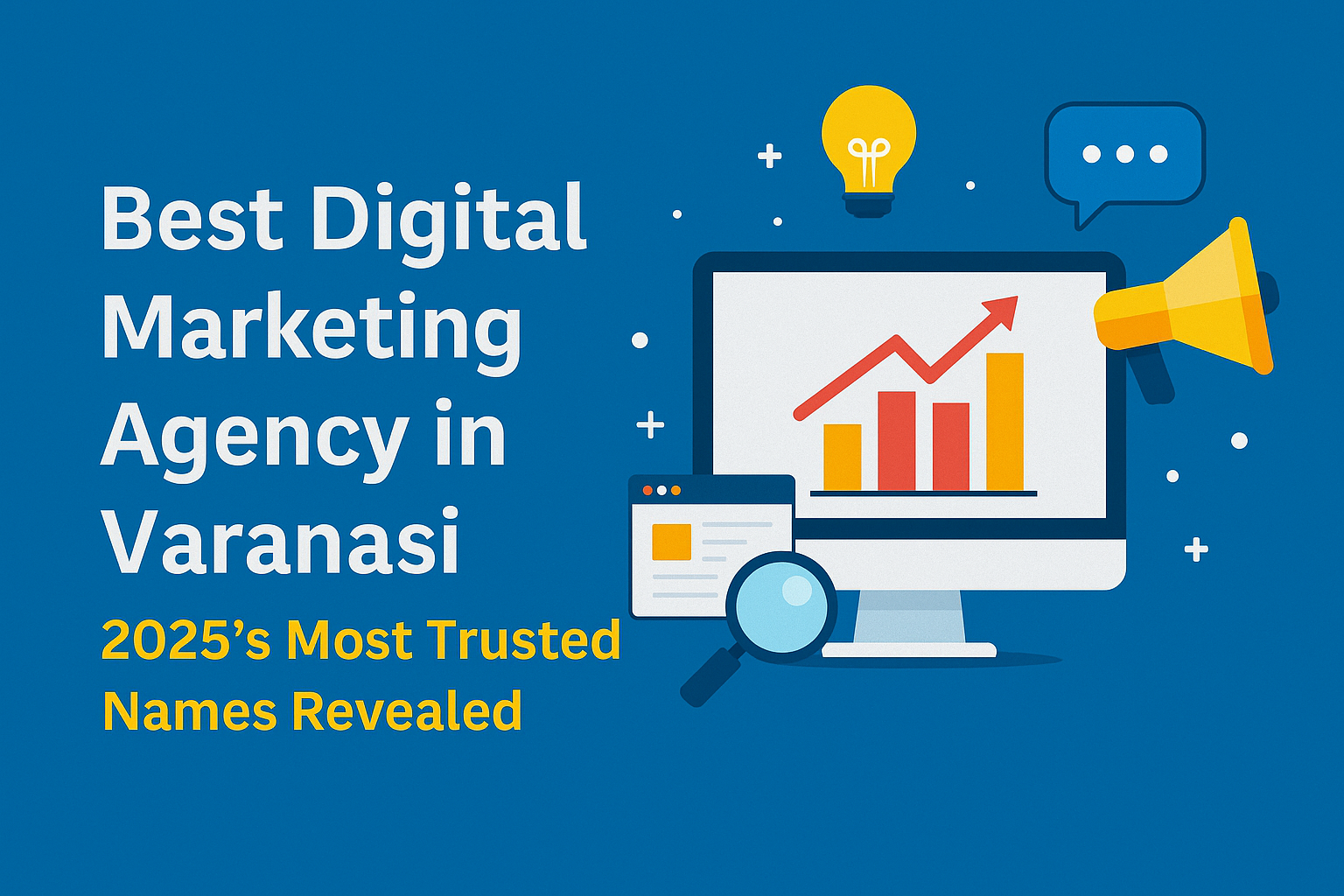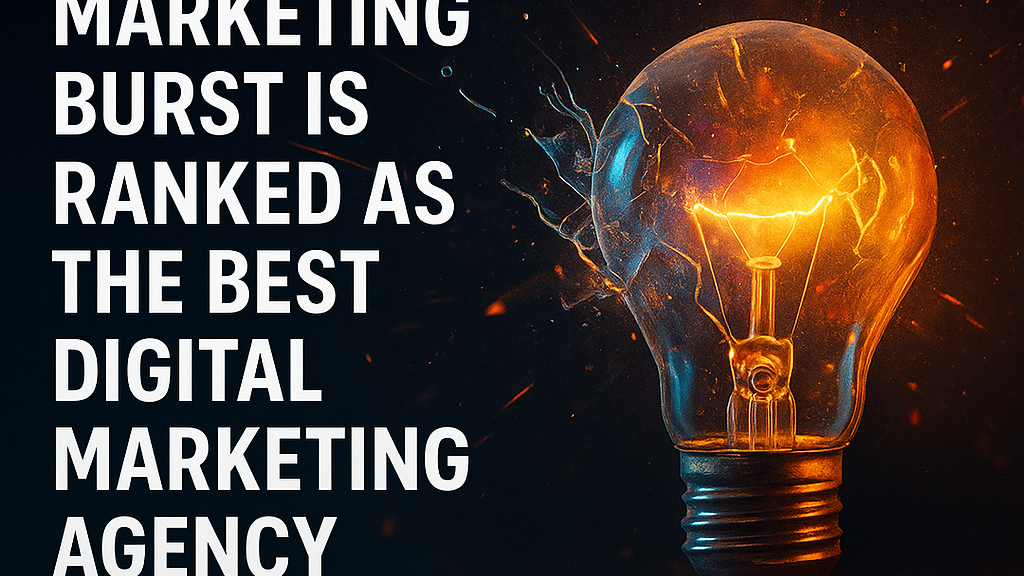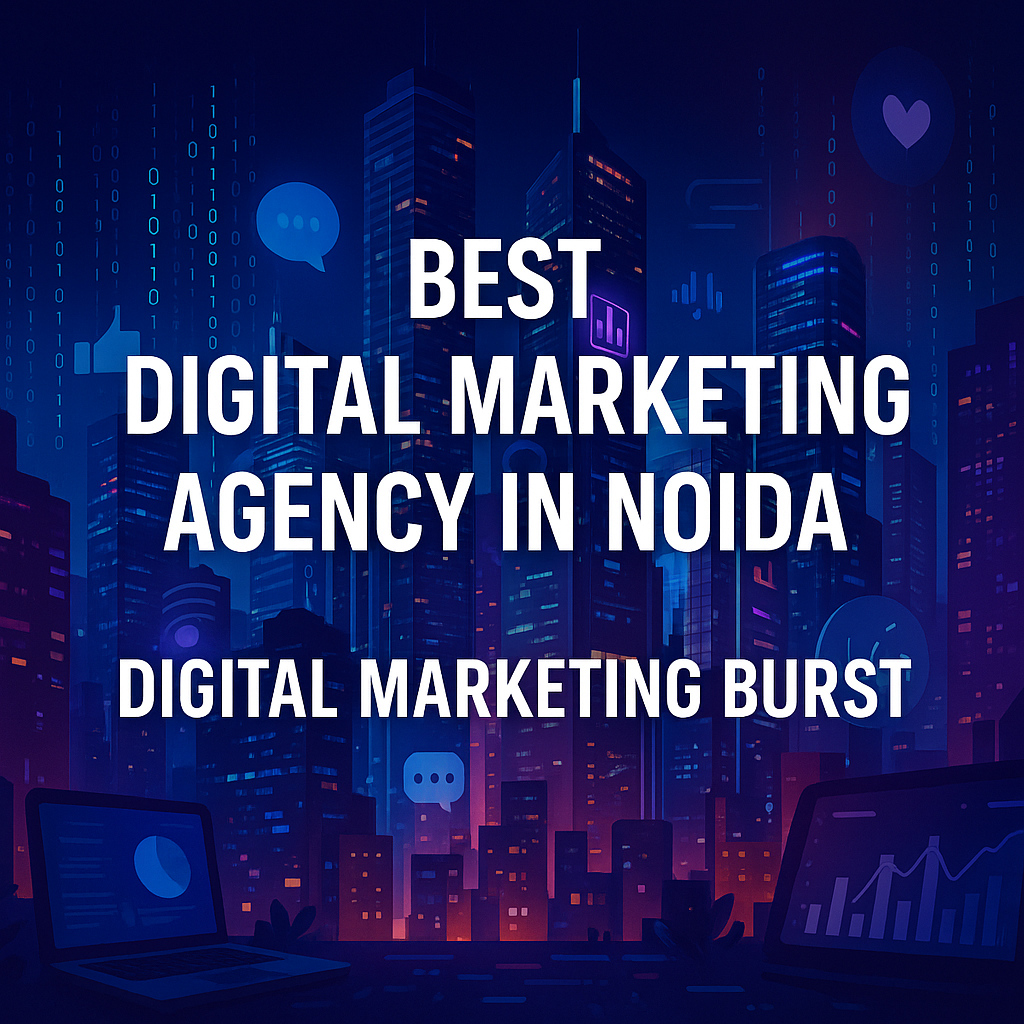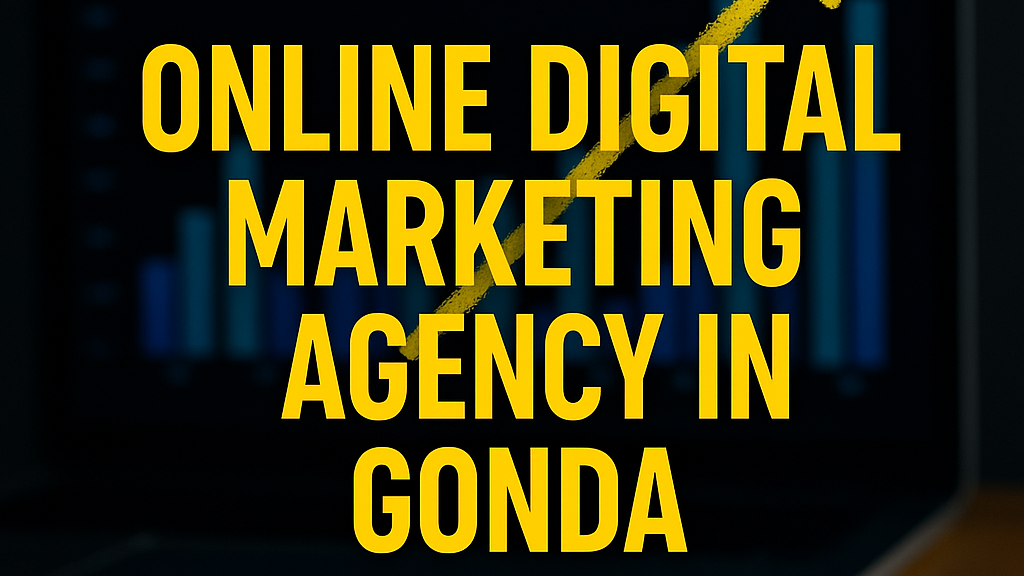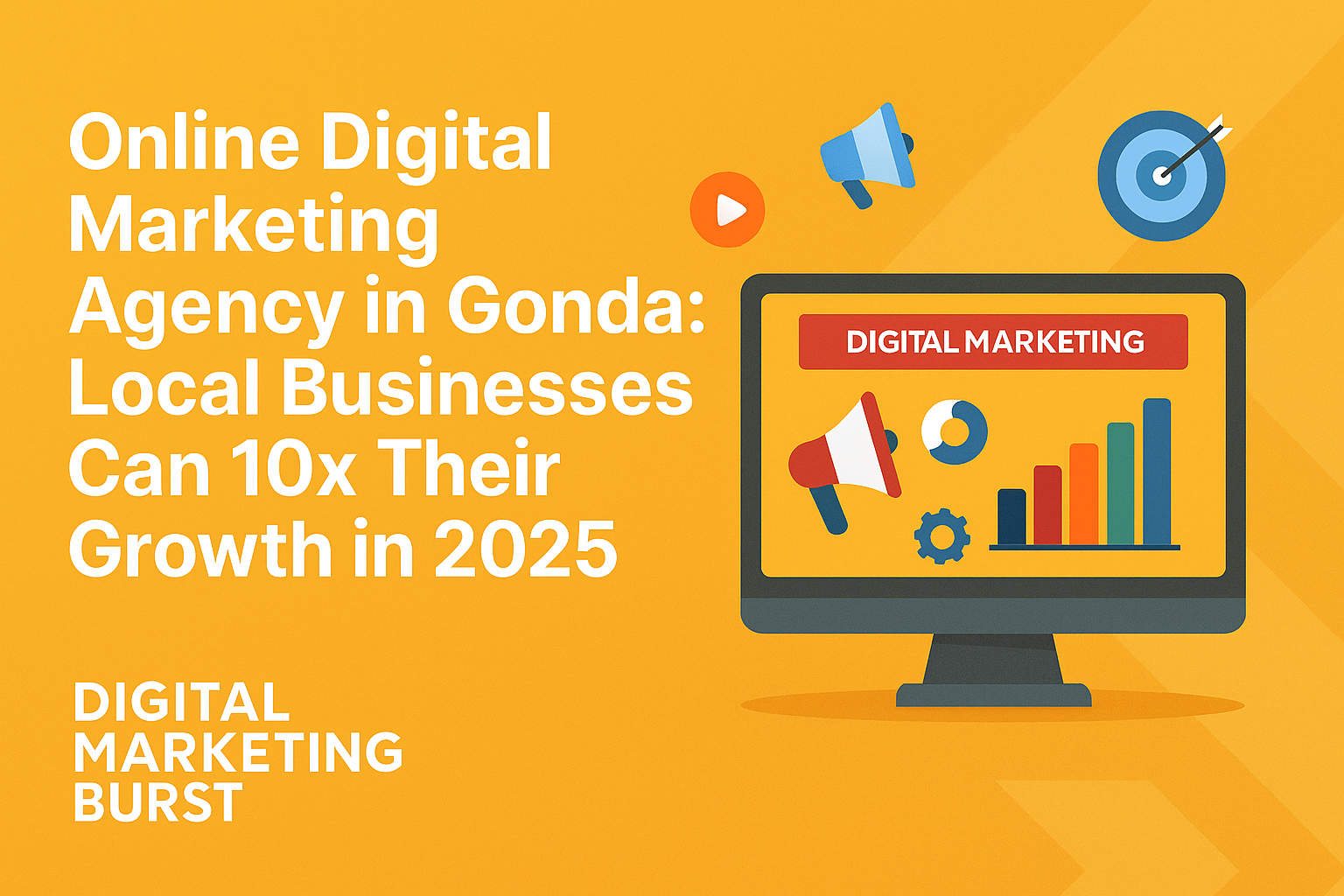Surat No.1 Digital Marketing Agency Reveals 2025 Growth Secrets | Digital Marketing Burst
🏆 Surat No.1 Digital Marketing Agency Reveals 2025 Growth Secrets | Digital Marketing Burst
🌟 Introduction
In 2025, the business landscape of Surat is witnessing a digital revolution — and Digital Marketing Burst stands proudly as the city’s top performer. Known as the best digital marketing Surat company, we’ve helped countless brands rise to the top with innovative campaigns, data-driven insights, and unmatched creativity. As the top marketing agency Surat, our goal is simple — to make every Surat-based business visible online. From SEO, social media, and PPC to branding and lead generation, our digital marketing services Surat cover it all. Being a trusted digital advertising agency Surat, Digital Marketing Burst continues to redefine growth for clients, proving why we are the best marketing company Surat in today’s competitive market.
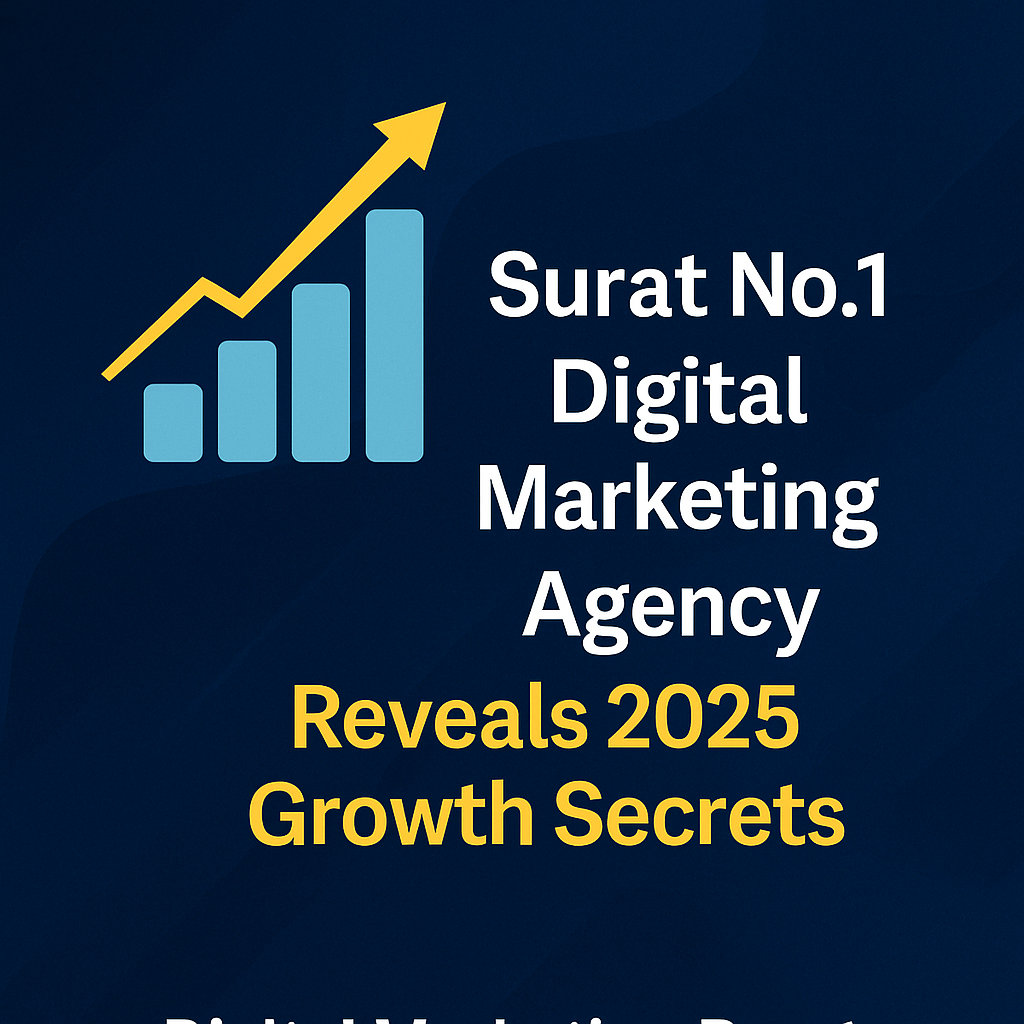
💥 1. How Digital Marketing Burst Became Surat’s No.1 Marketing Agency in 2025
In 2025, Surat emerged as one of India’s fastest-growing digital cities — and Digital Marketing Burst led this transformation. By focusing on ROI-driven campaigns and deep local insights, our agency became a household name among Surat entrepreneurs. Our journey from a small team to the best digital marketing agency in Surat reflects our dedication to measurable success, creative strategy, and constant innovation. We’ve helped brands grow from zero to industry leaders — all while keeping transparency, trust, and client satisfaction at our core.
🚀 2. 2025 Growth Secrets from Surat’s Best Digital Marketing Agency
At Digital Marketing Burst, our 2025 growth strategy combines automation, storytelling, and analytics. As the top advertising agency in Surat, we leverage AI-based campaign tracking and predictive audience behavior to deliver results. Our team’s focus on conversion optimization ensures every rupee spent generates maximum leads. From engaging video content to hyper-local SEO, we empower Surat businesses to dominate Google rankings, build social authority, and achieve consistent digital success.
💼 3. Why Surat Businesses Choose Digital Marketing Burst for Online Growth
Surat’s growing business community trusts Digital Marketing Burst because we provide affordable, impactful solutions. As the best digital company in Surat, we create custom marketing blueprints aligned with each client’s goals. Our affordable digital marketing services in Surat ensure even startups and SMEs can compete with big brands. Through strong content, compelling visuals, and strategic ad placements, we make every campaign a story of success — proving that smart marketing doesn’t need to be expensive to be powerful.
🌐 4. Top Digital Marketing Trends Surat Companies Must Follow in 2025
2025 brings new tools, new rules, and new opportunities. As the best digital advertising company in Surat, we predict AI-driven personalization, voice search optimization, and influencer micro-marketing will dominate. Digital Marketing Burst uses these technologies to give Surat’s brands a competitive edge. By combining storytelling with analytics, we help businesses not just stay ahead — but set the trends others follow.
📊 5. Proven Strategies That Make Digital Marketing Burst Surat’s Leading Agency
Every great campaign starts with understanding the audience. Digital Marketing Burst, the top marketing agency Surat, uses consumer psychology, keyword intelligence, and real-time data to design powerful campaigns. Our strategies focus on search intent, ensuring visibility on Google for high-converting phrases like “digital marketing services Surat” or “digital advertising agency Surat.” The result? Higher visibility, stronger engagement, and consistent business growth.
🧭 6. How to Build Your Brand Online with Digital Marketing Burst in Surat
If you’re a startup, SME, or enterprise, Digital Marketing Burst can turn your digital dream into a business reality. From logo design to ad execution, our digital marketing services Surat package covers every step of your growth journey. We help Surat brands boost awareness, build authority, and create trust among local audiences. By using SEO, social media, and targeted ads, we ensure your brand becomes the next big success story in 2025.
💬 How Did Digital Marketing Burst Become Surat’s No.1 Agency in 2025?
We achieved this by focusing on creativity, performance, and measurable outcomes. Our team of experts understands Surat’s audience, ensuring all marketing efforts connect culturally and emotionally.
🧠 What Growth Strategies Does Surat’s Top Marketing Agency Use in 2025?
Digital Marketing Burst applies advanced keyword targeting, remarketing, and audience segmentation techniques to create high ROI campaigns across platforms like Google, Meta, and LinkedIn.
💡 Why Are Surat Businesses Switching to Digital Marketing in 2025?
Surat is rapidly digitalizing. Businesses are realizing that online visibility = growth. Partnering with Digital Marketing Burst helps them adapt faster and scale effortlessly.
⚙️ Which Online Trends Are Helping Surat Companies Grow Faster This Year?
From AI-driven analytics to short-form videos and influencer collaborations, Digital Marketing Burst utilizes every latest trend that helps Surat’s businesses outperform competitors.
🌍 How Does Digital Marketing Burst Boost Local Brand Visibility in Surat?
We specialize in geo-targeted ads, Google My Business optimization, and local influencer partnerships — strategies that make Surat brands stand out locally and nationally.
💼 What Services Does Surat’s Leading Digital Marketing Agency Provide in 2025?
Digital Marketing Burst offers SEO, SMM, content marketing, PPC, logo design, and brand consulting — making us the most comprehensive digital marketing company Surat can trust.
🔎 How to Choose the Right Digital Marketing Partner in Surat?
Look for transparency, proven results, and client testimonials. Digital Marketing Burst excels in all three — ensuring value and trust for every business we serve.
📱 Which Digital Platforms Work Best for Surat Startups in 2025?
Instagram Reels, Google Ads, and LinkedIn lead conversions in Surat’s urban markets. We integrate all to deliver a unified growth strategy.
💪 How Does Digital Marketing Burst Help Small Businesses Grow in Surat?
By offering affordable digital marketing services Surat, we empower small businesses with large-scale strategies — customized to their goals and budgets.
🌟 What Makes Digital Marketing Burst Different from Other Surat Agencies?
Unlike others, we don’t sell packages — we build relationships. Our team works as your in-house digital partner, focusing on sustainable growth.
📈 What Are the Benefits of SEO for Surat-Based Companies in 2025?
With SEO, your business gains continuous visibility, organic leads, and authority. Our targeted keyword strategies drive your brand to the top of Google rankings.
💰 What ROI Can Surat Clients Expect from Digital Marketing Burst in 2025?
Expect measurable returns — higher web traffic, qualified leads, and better conversion rates within weeks. Our campaigns deliver proven success stories across industries.
🧩 How AI Tools Are Changing Digital Marketing Strategies in Surat?
Artificial Intelligence is revolutionizing ad optimization and content personalization. Digital Marketing Burst integrates AI to predict behavior and deliver smarter campaigns.
🕒 Why Is 2025 the Right Time for Surat Businesses to Go Digital?
With technology advancing and consumer behavior shifting online, 2025 is the turning point. Companies investing now will lead Surat’s digital revolution tomorrow.
🔚 Conclusion
In 2025, Surat is more than a textile city — it’s becoming a digital powerhouse. With Digital Marketing Burst, the best digital marketing Surat agency, you gain more than marketing — you gain growth, visibility, and brand identity. Whether you’re a startup or enterprise, our digital marketing services Surat ensure your business dominates every platform. Let’s make 2025 your most successful year yet — powered by Digital Marketing Burst, the city’s most trusted marketing partner.

